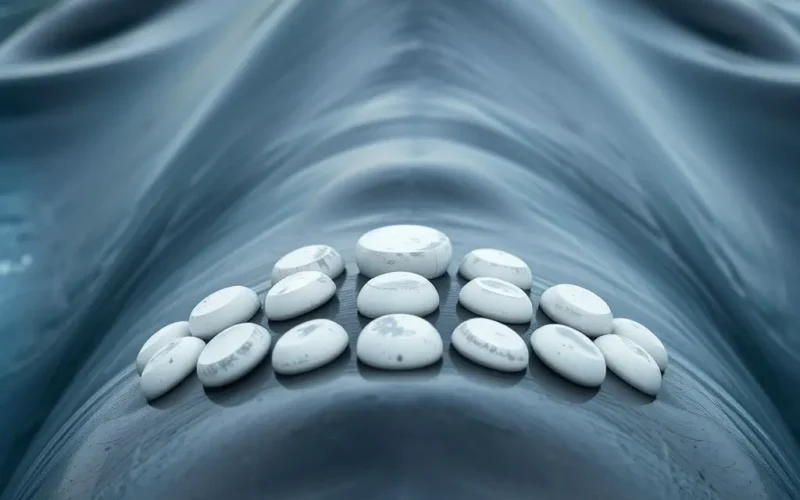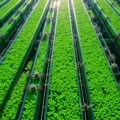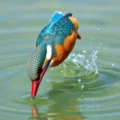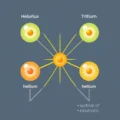Imagine this: Towering wind turbines, silently spinning, harvesting clean energy from the sky. Now, picture a massive, majestic humpback whale gliding effortlessly through the ocean depths. Seems unrelated, right? Yet, buried within the secrets of these marine giants is a profound lesson in fluid dynamics that’s revolutionizing wind turbine design. It sounds like something out of a science fiction novel, but the reality of how nature’s ultimate engineers are helping us build better technology is quite astonishing.
For millennia, whales have perfected the art of moving through water with incredible grace and efficiency. Scientists, always keen observers of the natural world, turned their gaze to these magnificent creatures, specifically studying the hydrodynamics of the humpback whale’s enormous pectoral fins. What they discovered wasn’t a smooth, sleek surface like a typical airplane wing, but something far more intricate and, surprisingly, bumpy.
Curious to see a glimpse of this fascinating connection? Take a moment to watch this short video that playfully introduces the concept:
The short video gives you the gist, but let’s dive deeper into the whale’s secret weapon and how it’s making waves in renewable energy.
Table of Contents
The Humpback’s Aerodynamic Edge: Those Bumpy Fins
The leading edge of a humpback whale’s pectoral fin isn’t smooth. Instead, it’s adorned with a series of large, rounded protuberances known as tubercles. At first glance, these might seem like a disadvantage, creating drag. However, the precise size, shape, and spacing of these tubercles are key to the humpback’s astonishing agility.
Think about a large aircraft wing. If the angle of attack (the angle at which the wing meets the air) becomes too steep, the airflow over the top surface separates, causing a stall – a sudden loss of lift. For a massive whale needing to make sharp turns, especially when hunting, stalling is not an option.
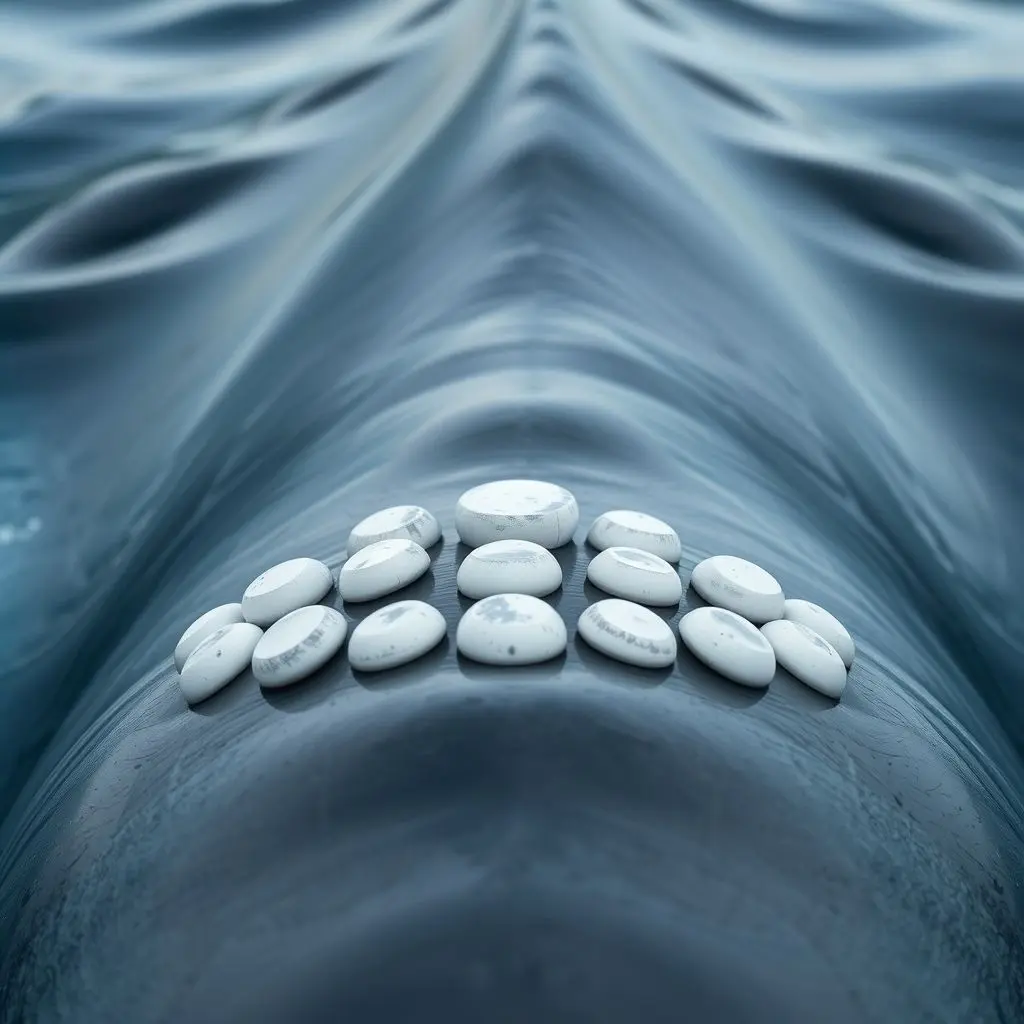
The tubercles on the humpback’s fins work in a remarkable way. As water flows over the fin, the tubercles create small vortices (swirls of water) that channel the flow. These controlled vortices help to keep the water attached to the fin’s surface, even at incredibly steep angles of attack. This delayed flow separation allows the whale to achieve higher lift and maintain maneuverability, making those tight turns and powerful lunges possible without losing control. It’s a naturally engineered solution to prevent stalls in a dense fluid medium.
Biomimicry Takes Flight: Applying Nature’s Design
This ingenious biological design didn’t escape the notice of engineers. The study of natural designs and processes for inspiration to solve human problems is called biomimicry. When researchers like those at WhalePower Corporation began analyzing the hydrodynamics of the humpback fin, they quickly saw parallels to aerodynamics – after all, both deal with fluid flow (water for whales, air for turbines).
The fundamental challenge for both is managing flow separation to optimize lift (or power generation) and minimize drag. If tubercles worked so effectively for a whale’s fin in water, could a similar principle be applied to the blades of a wind turbine moving through air?

The idea was to translate the tubercle design from hydrodynamics to aerodynamics. By adding tubercle-like bumps, or leading-edge protuberances, to wind turbine blades, engineers aimed to replicate the flow-channeling and stall-delaying effects observed in whale fins.
The Payoff: Better Blades, More Power
Applying the tubercle design to wind turbine blades has shown promising results. The key benefits include:
- Increased Efficiency: The improved airflow management helps the blades capture more energy from the wind.
- Delayed Stall: Similar to the whale, the tubercles allow the blade to operate effectively at steeper angles relative to the wind direction. This is particularly useful in variable wind conditions.
- Improved Performance in Turbulent Winds: Turbulent air can cause traditional blades to lose efficiency. The tubercle design helps maintain performance even in choppy wind conditions.
- Reduced Drag: Counterintuitively, while adding bumps might seem to increase drag, the overall effect of maintaining attached flow can actually reduce drag compared to a stalled or semi-stalled smooth blade.
- Lower Noise: Improved aerodynamics can sometimes lead to a reduction in the aerodynamic noise produced by the blades.
- Potential for Smaller Turbines: Enhanced efficiency might mean smaller blades can generate the same amount of power as larger traditional blades, potentially reducing material costs and visual impact.
Prototypes and studies have demonstrated that tubercle-enhanced blades can generate more power, especially at lower wind speeds where traditional turbines are less effective. This expands the range of locations where wind power is economically viable and increases the overall energy output from existing turbine sizes.
Nature: The Ultimate Engineer
The story of whale-inspired wind turbines is a powerful testament to the field of biomimicry and the incredible design solutions present in the natural world. Evolution, over millions of years, has optimized forms and functions to suit specific environments and tasks. By studying these successful strategies, engineers can find innovative ways to overcome human challenges, from energy generation to materials science and beyond.

The bumps on a humpback whale’s fin are far more than just random evolutionary quirks; they are sophisticated aerodynamic structures. Their application to wind turbine technology is a brilliant example of how looking to the deep blue can provide surprising insights for harnessing the power of the wind.
Your Questions Answered
- Are all new wind turbines using this design? No, while the technology is promising and being explored and implemented by some companies, it is not yet standard across the entire industry. It’s still a developing application of biomimicry.
- Does it work for all sizes of turbines? Research suggests the principles are applicable across different scales, though implementation details might vary.
- Are there any downsides? Implementing the design adds complexity to manufacturing. Engineers continue to refine the optimal size, shape, and placement of tubercles for different blade designs and operating conditions.
- Where else is biomimicry used? Biomimicry is found in many fields, from velcro (inspired by burrs) and aerodynamic train fronts (inspired by kingfishers) to self-cleaning surfaces (inspired by lotus leaves).
Who would have thought that the secret to making our wind turbines more efficient and powerful could be found by studying the anatomy of a giant ocean dweller? It’s a humbling reminder that some of the best engineering solutions have already been perfected by nature, just waiting for us to observe and learn. The next time you see a wind turbine turning, perhaps you’ll remember the graceful humpback whale and its bumpy fin that helped make it just a little bit better at catching the breeze.
